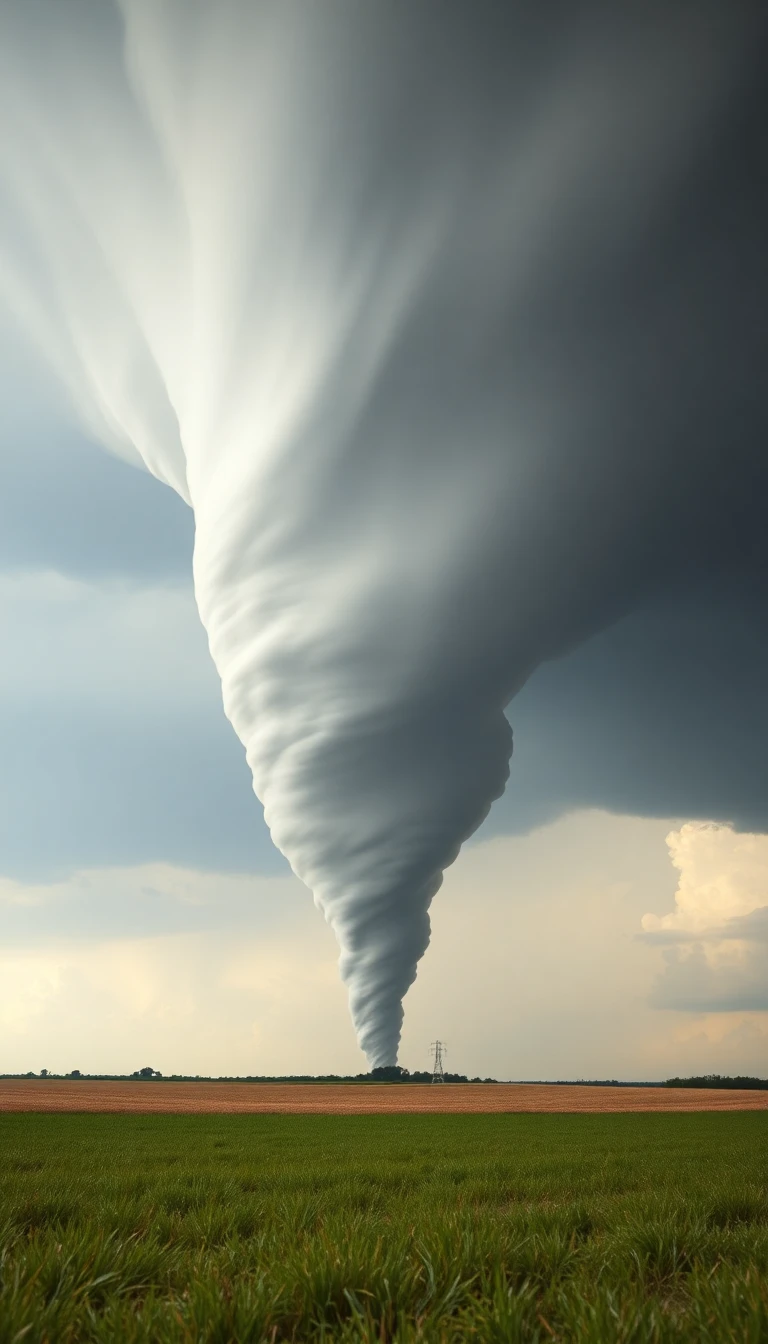Extreme Weather Phenomena
Learn about the most powerful and dramatic weather events that occur in our atmosphere.
Hurricanes & Cyclones
These massive rotating storms form over warm ocean waters and can produce winds exceeding 150 mph. They develop when low-pressure systems gain energy from warm, moist air, creating a powerful circulation pattern.

Tornadoes
Tornadoes are rapidly rotating columns of air that extend from thunderstorms to the ground. They form when warm, moist air collides with cool, dry air, creating powerful rotating updrafts.
Lightning Storms
Lightning occurs when electrical charges build up in storm clouds and discharge as powerful bolts of electricity. A single lightning bolt can reach temperatures hotter than the surface of the sun.

Blizzards
Blizzards combine heavy snowfall with strong winds, creating dangerous whiteout conditions. They form when cold air masses collide with warmer, moisture-laden air masses.
Heat Waves
Heat waves occur when high-pressure systems trap hot air over a region for extended periods. These dome-like formations prevent hot air from rising and cooling, creating dangerous temperature conditions.
Flash Floods
Flash floods develop rapidly when intense rainfall overwhelms the ground's ability to absorb water. They can occur in any climate but are especially dangerous in urban areas and desert regions.
Understanding Weather Warnings
Meteorologists use sophisticated tools including satellites, radar, and computer models to predict extreme weather events. Early warning systems help communities prepare for dangerous conditions and minimize risks to life and property.
Modern weather forecasting combines real-time observations with powerful computer simulations to provide increasingly accurate predictions of extreme weather events.